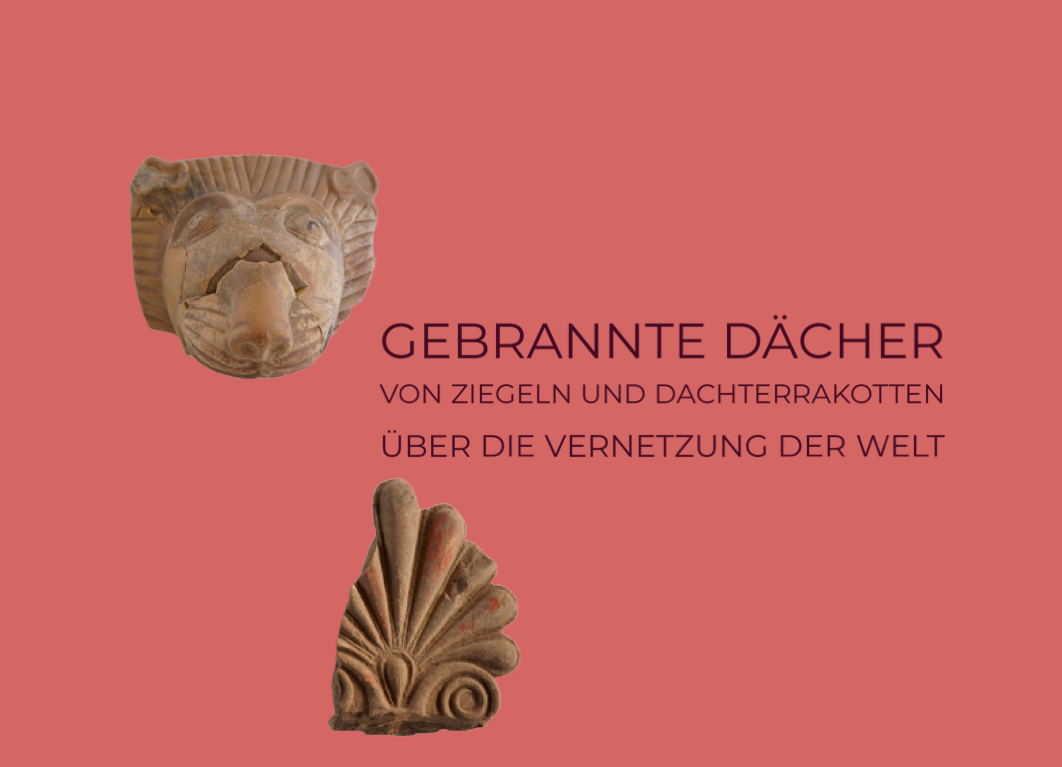
Course Contents
Fired clay roofs are of great importance for archaeology. Often they are the only identifiable remains of Greek architecture. After introducing roof tiles in the 7th century BC, whose primary function was to protect the roof, the roof edges and ridges extended through coloured and decorated roof terracottas, such as sima, antefixes geison tiles, acroters or ridge tiles. Those ancient roofs showed a variety of shapes, proportions, patterns and combinations.
The seminar aims to provide an overview of typology, chronological development and regional characteristics of roofs from 700 to 500 BC. The aim is to maintain skills in reflective description and contextualization of archaeological finds as well as to develop own research questions on reconstruction, technology or production of this complex material.
[url=https://www.archaeologie.architektur.tu-darmstadt.de/lehre_klarch/semesterprogram_klarch/bachelor_klarch/index.de.jsp]More information[/url]
Fired clay roofs are of great importance for archaeology. Often they are the only identifiable remains of Greek architecture. After introducing roof tiles in the 7th century BC, whose primary function was to protect the roof, the roof edges and ridges extended through coloured and decorated roof terracottas, such as sima, antefixes geison tiles, acroters or ridge tiles. Those ancient roofs showed a variety of shapes, proportions, patterns and combinations.
The seminar aims to provide an overview of typology, chronological development and regional characteristics of roofs from 700 to 500 BC. The aim is to maintain skills in reflective description and contextualization of archaeological finds as well as to develop own research questions on reconstruction, technology or production of this complex material.
[url=https://www.archaeologie.architektur.tu-darmstadt.de/lehre_klarch/semesterprogram_klarch/bachelor_klarch/index.de.jsp]More information[/url]
- Lecturer: KreiserJane
Semester: ST 2023
Jupyterhub API Server: https://tu-jupyter-t.ca.hrz.tu-darmstadt.de